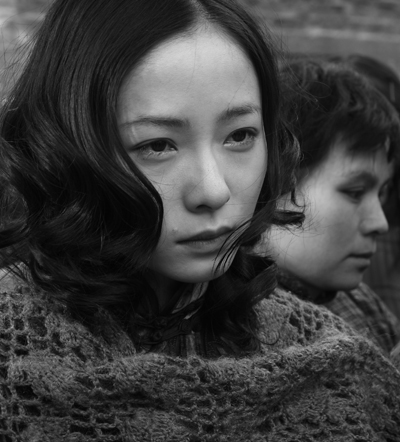
![]()
![]()
In China, challenging the official view of history can be a dangerous business. Recently, director Lu Chuan found this out when his film, City of Life and Death, was released. “Traitor!” was a common headline in news articles about the movie; soon, almost every radio and television channel in the country was discussing it, and Lu found himself targeted by vicious hate mail and death threats.
The movie that sparked this firestorm is not obviously provocative–it doesn’t imagine a sex life for Chairman Mao or take the side of students in the 1989 Tiananmen Square uprising. Set in 1937, City of Life and Death traces the story of the infamous Nanking massacre, or Rape of Nanking, when Japanese troops stormed China’s former capital city and killed and raped at will. Knowing they were overwhelmed, the Chinese high command deserted the city, leaving civilians unprotected. By the time Japanese troops were reined in six weeks later, some 300,000 civilians had died.
Shot beautifully in black and white, with powerful performances and an understated script, City of Life and Death takes an unblinking look at the terrible events of the massacre. Obliquely, it tells the story of John Rabe, a Nazi-affiliated German businessman who set up a “Safety Zone” in the city, saving thousands of lives. But mostly it’s about the ordinary people, on both sides, who got caught up in the tragedy. Small details–like Japanese soldiers cracking open bottles of soda pop they find on the street after storming the city–only serve to make the depictions of casual violence and rape more shocking.






 Facebook
Facebook Permalink
Permalink Digg
Digg Reddit
Reddit LinkedIn
LinkedIn StumbleUpon
StumbleUpon Tumblr
Tumblr
